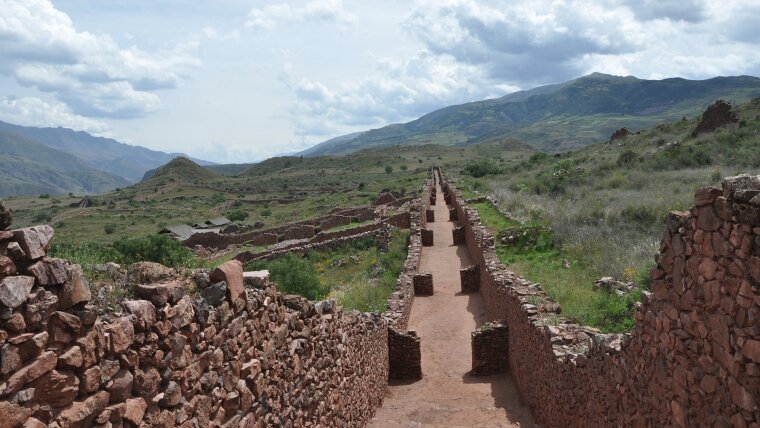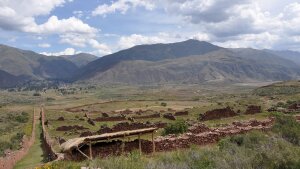
Published:
the archaeological site of Pikillaqta in Peru
Image: Christoph GrütznerThe Wari culture dominated the area around Cusco in Peru from 600 to 1000 AD and built the impressive city of Pikillaqta. Around 900 AD, however, the city was suddenly abandoned; the reason remained a mystery for a long time. An international team of scientists, including Christoph Grützner, has for the first time systematically mapped damage to the city's ruins and determined that it is best explained by seismic activity. High-resolution drone imagery also enabled the creation of a 3D model of the city. A debris flow was identified that buried parts of the city. The dating of the earthquake and debris flow to the period 776–986 AD coincides with the abandonment of the city and with strong earthquakes identified in previous investigations in the immediate vicinity of Pikillaqta. Therefore, the earthquakes and thedebris flow may have been the decisive factors in the Wari's decision to leave Pikillaqta. The results have now been published in the journal Geoarchaeology:
García, B., Benavente, C., Rodriguez-Pascua, M. Á., Grützner, C., Gaidzik, K., Walker, R., Arriola, C., & Rosell, L. (2025). Prehistoric Evidence of Crustal Earthquakes and Debris Flow in Archaeological Site of Pikillaqta in Cusco: Archaeological ImplicationsExternal link. Geoarchaeology 40, 1–14.
